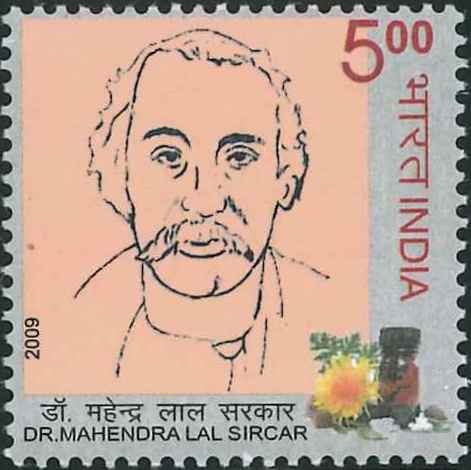
Dr. Mahendra Lal Sarkar
A commemorative postage stamp on the Birth Anniversary of Dr. Mahendralal Sircar, a Bengali Homeopathy doctor, founder of the Indian Association for Cultivation of Science (IACS) :

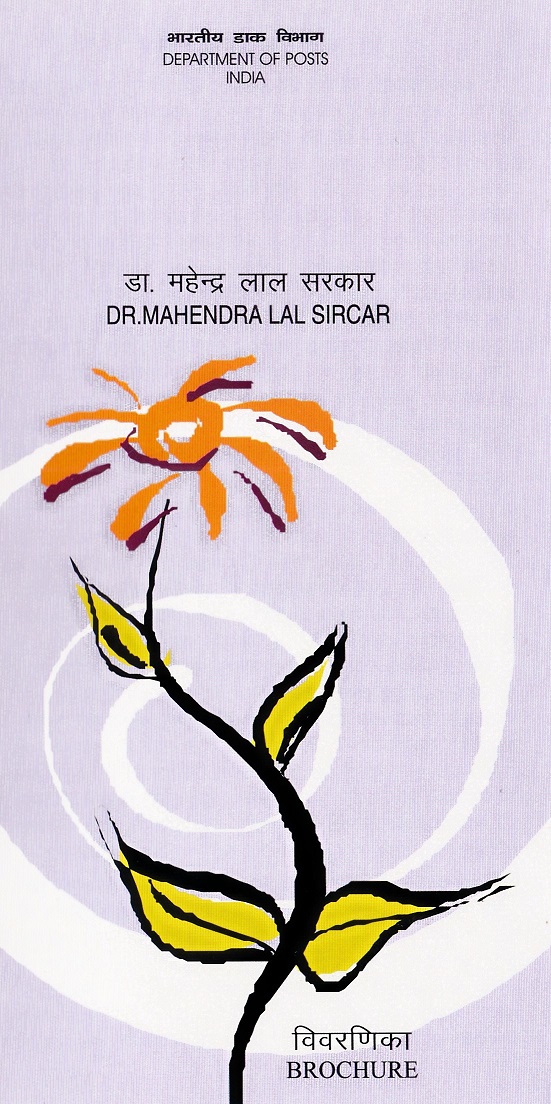 Issued by India
Issued by India
Issued on Nov 2, 2009
Issued for : India Post is proud to issue a Commemorative Postage Stamp on Mahendralal Sircar.
Credits :
Stamp, FDC & Cancellation : Alka Sharma
Type : Stamp, Mint Condition
Colour : Multi colour
Denomination : 500 Paise
Stamps Printed : 0.4 Million
Printing Process : Photogravure
Printer : India Security Press, Nasik
Name : Mahendra Lal Sarkar
Born on Nov 2, 1833 at Paikpara, Howrah district, West Bengal, India
Died on Feb 23, 1904 at Calcutta, India
About :
- Dr. Mahendralal Sircar, CIE, MD, DL was not only the greatest homeopath of his time but also a scientist. Born on 2nd November, 1833 at Paikpara village in Howrah district, near Calcutta (now known as Kolkata) in the Bengal Province of British India, he lost both his parents very early in life. He was brought up by his maternal uncles, Iswar Chandra Ghosh and Mahesh Chandra Ghosh in their house at Nebutala in Calcutta. In 1849, he passed the junior scholarship examination and joined Hindu College, where he studied up to 1854. At that time, Hindu College did not have facilities for teaching science and as he was bent upon studying medicine, he transferred to Calcutta Medical College. He obtained IMS in 1861 and MD degrees in 1863. He and Jagabandhu Bose were the second MDs of the Calcutta University after Chandrakumar De (1862).
- Although educated in the traditional European system of medicine, Mahendralal Sircar turned to homeopathy. He was influenced by reading William Morgan’s ‘The Philosophy of Homeopathy’, and by interaction with Rajendralal Dutt, a leading homeopath practitioner of Calcutta. Indeed, in a meeting of the Bengal branch of the British Medical Association, he proclaimed homeopathy to be superior to the “Western medicine” of the time. Consequently, he was ostracised by the British doctors, and had to undergo loss in practice for some time. However, soon he regained his practice and went on to become a leading homeopath practitioner in Calcutta, as well as in India. In the course of his career, he treated several notable persons of those days, including the author Bankim Chandra Chattopadhyay, the saintly Ramakrishna Paramahansa, the Maharaja of Tripura and others.
- Mahendralal Sircar started a campaign in 1867 for a National Science Association. He planned for an association that would be founded, run, and managed by Indians themselves aimed at creating a pool of scientists for national reconstruction. The Indian Association for the Cultivation of Science (IACS) was established in 1876, with Sircar as its first director. IACS was the first national science association of India. Basic science departments such as Physics, Chemistry, Mathematics, Physiology, Geology, Botany etc. were established, and notable Indian scientists participated in the association. Regular lectures and demonstrations were arranged for the public in order to popularise science. The IACS became the platform for many future scientists of India, including the Nobel Prize winner Sir C.V. Raman, K.S. Krishnan and Meghnad Saha.
- Mahendralal supported women’s education in nineteenth century India, when higher education among women was rare. For example, he was a supporter of Abala Bose’s decision to pursue study of medicine in Madras Medical College instead of Calcutta Medical College where admission of females was not permitted. He also arranged for Sarala Devi Chaudhurani’s attendance in the evening lectures in IACS, so that she could pursue higher studies in Physics.
- He was a fellow of Calcutta University, an honorary magistrate and Sheriff of Calcutta (1887). He was made a C.I.E. in 1883 and honoured with a doctor of law degree by Calcutta University in 1898.
- Recurrent malarial fever and bronchial asthma clouded the evening of his life and he died on February 23, 1904.
- Text : As per the material provided by the proponent.


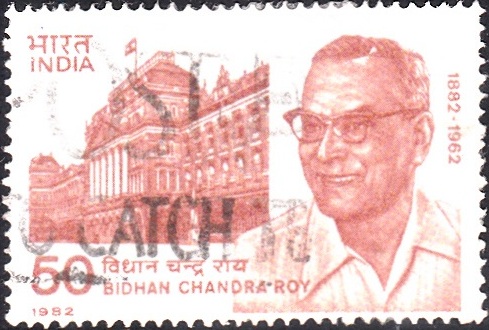
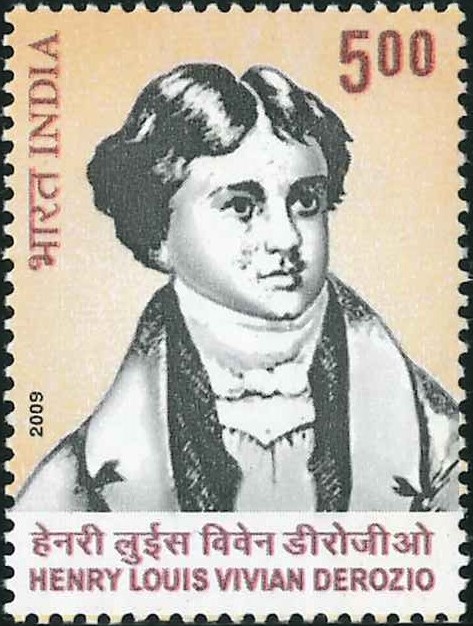
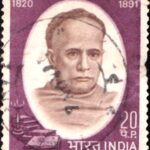
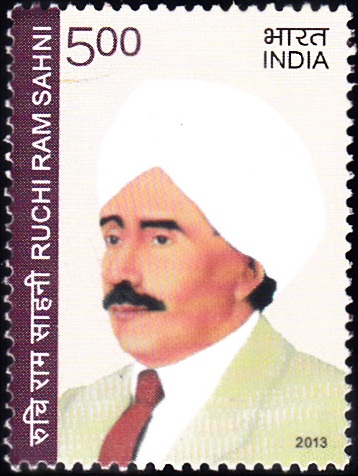
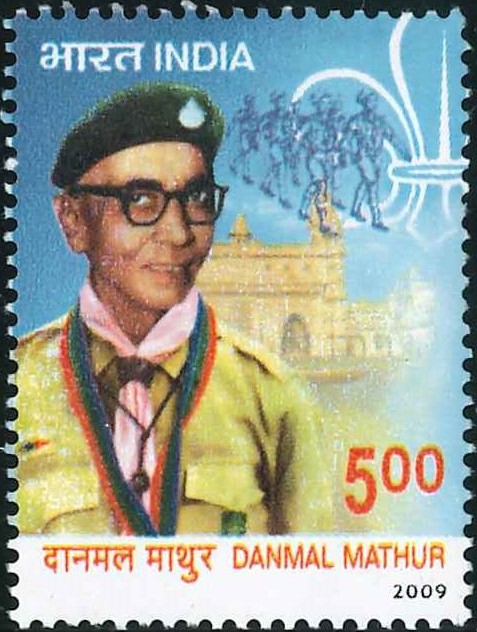
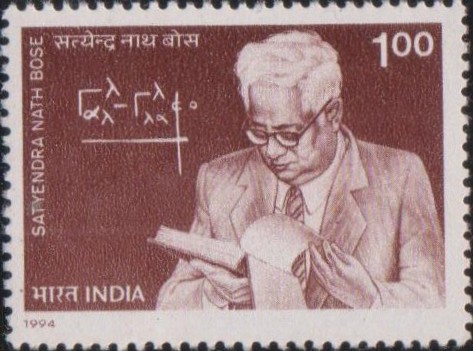
[…] student in 1885 where he interacted with the leading personalities of Bengal. He was impressed by Dr. Mahendra Lal Sircar and decided to emulate him to take science to the […]